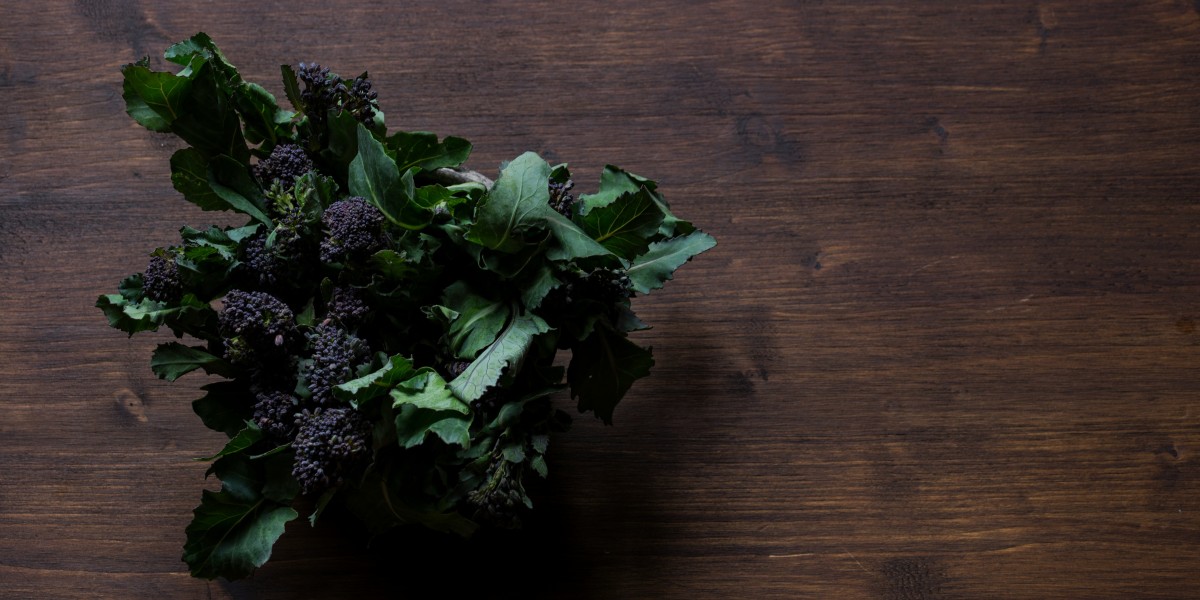Choosing the Right Broccoli Variety
The first step in growing giant broccoli is selecting the right variety of seeds. Some broccoli varieties are specifically bred to produce large heads. Look for varieties like Green Goliath, Marathon, or Di Cicco, known for their vigorous growth and potential to develop larger-than-average heads.
When you shop for broccoli seeds, opt for organic, non-GMO varieties to ensure healthy, resilient plants free from harmful chemicals. Organic seeds can also promote better soil health, which plays a significant role in the size and quality of your broccoli crop.
Two key factors to consider when selecting seeds:
- Variety: Choose a variety known for producing large heads.
- Quality: Always select high-quality, organic seeds for the best results.
Preparing the Soil for Giant Broccoli Growth
Soil preparation is critical for growing giant broccoli. The soil quality directly impacts the plant’s ability to absorb nutrients and grow to its full potential. Broccoli thrives in fertile, well-draining soil rich in organic matter. Before planting, it is important to test your soil’s pH and nutrient levels.
1. Adjusting Soil pH
Broccoli prefers slightly acidic soil with a pH range between 6.0 and 7.0. If your soil is too acidic (below 6.0), adding lime can help raise the pH. Conversely, sulfur can be applied to lower the pH if the soil is too alkaline. Testing your soil and adjusting the pH accordingly ensures that nutrients are readily available for your plants.
2. Enriching the Soil with Organic Matter
Incorporate plenty of organic matter into your soil, such as compost or well-rotted manure. Organic matter not only improves soil structure but also provides essential nutrients like nitrogen, phosphorus, and potassium, which are vital for the healthy growth of broccoli. Adding compost also helps retain moisture, crucial for maintaining consistent plant growth.
"The foundation of every healthy plant begins in the soil. Feed the soil, and the plant will grow strong and resilient."
Starting Your Broccoli Seeds Indoors
Giant broccoli requires a head start to reach its full potential. Start your seeds indoors about 6-8 weeks before the last frost date in your area. This gives the plants time to develop strong roots before being transplanted into the garden.
1. Sowing the Seeds
Plant broccoli seeds about ¼ inch deep in seed-starting trays filled with a light, well-draining potting mix. Keep the soil consistently moist but not soggy. Place the trays in a sunny spot or under grow lights to ensure the seedlings receive at least 6-8 hours of light daily.
2. Transplanting Seedlings
Once the seedlings have developed at least two sets of true leaves and the outdoor temperatures are consistently above 50°F (10°C), they can be transplanted into the garden. Space the seedlings about 18-24 inches apart, allowing enough room to spread out and develop large heads.
Key transplanting tip: Harden off your broccoli seedlings by gradually exposing them to outdoor conditions over a week. This helps prevent transplant shock and promotes more robust, healthier plants.
Watering and Feeding for Giant Growth
Consistent watering and feeding are essential for growing giant broccoli. Broccoli plants are heavy feeders, requiring a steady supply of nutrients throughout the growing season to reach their full size.
1. Watering Techniques
Depending on weather conditions, Broccoli requires about 1 to 1.5 inches of water per week. Maintaining consistent moisture levels is essential, especially during the early growth and head formation stages. Water the plants deeply, ensuring the water reaches the root zone, but avoid overwatering, which can lead to root rot.
Mulching around the base of the plants can help retain moisture and regulate soil temperature, reducing the need for frequent watering.
2. Fertilizing for Maximum Size
In addition to organic matter in the soil, broccoli benefits from regular feeding with a balanced fertilizer. Start by applying a nitrogen-rich fertilizer a few weeks after transplanting to encourage leafy growth. As the plants form heads, they switch to a fertilizer higher in phosphorus and potassium, which support flower and head development.
Feed your broccoli plants every 3-4 weeks throughout the growing season to ensure they have the nutrients they need to grow large, healthy heads.
Managing Pests and Diseases
Like many cruciferous vegetables, broccoli is susceptible to pests and diseases that can stunt growth and reduce yields. Common pests include aphids, cabbage worms, and flea beetles, while diseases like downy mildew and root rot can impact plant health.
1. Natural Pest Control
To protect your giant broccoli from pests, consider using organic methods such as:
- Neem oil: A natural insecticide that repels a wide range of pests.
- Row covers: Protect young plants from pests like cabbage worms with lightweight row covers.
- Companion planting: Growing herbs like dill or flowers like marigolds nearby can repel pests and attract beneficial insects that help control harmful ones.
2. Disease Prevention
Proper air circulation and watering techniques are vital in preventing diseases. Avoid overhead watering, which can promote fungal growth. Water at the base of the plants instead. Rotating crops each season can also reduce the risk of soil-borne diseases that affect broccoli.
Harvesting Your Giant Broccoli
Harvesting at the right time is crucial to enjoying the full benefits of your giant broccoli. Most broccoli varieties are ready for harvest 60-100 days after planting, depending on the growing conditions and variety.
1. Knowing When to Harvest
Look for a tight, compact head with no signs of yellowing flowers. The head should feel firm and dense. Use a sharp knife to cut the head about 4-6 inches below the crown. After harvesting the main head, continue caring for the plant, as many varieties will produce smaller side shoots that can be harvested for several weeks.
2. Post-Harvest Care
After harvesting, store your broccoli in an excellent, moist environment to maintain freshness. Broccoli can be stored in the refrigerator for up to two weeks or blanched and frozen for long-term storage.
Growing Giant Broccoli: A Journey of Patience and Reward
Growing giant broccoli from seed is a journey that requires patience, knowledge, and dedication. Each step, from selecting the right seeds to providing the ideal growing conditions, is crucial to achieving a bountiful harvest. But the effort is well worth it—producing a giant broccoli head provides nutritious food and a sense of accomplishment and pride.
As you embark on your giant broccoli-growing adventure, remember that the key to success lies in the details. You can grow a crop that truly stands out by nurturing your plants with the right soil, water, and nutrients and protecting them from pests and diseases.



